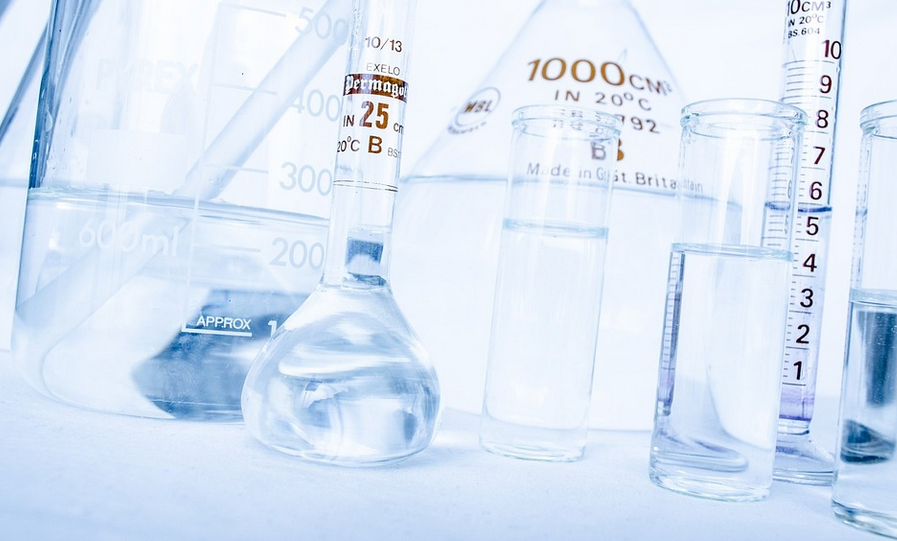The Science of Crying
Crying is a natural human response to a range of emotions, from sadness to joy, anger to pain. But what exactly happens when we cry? At the most basic level, crying involves the secretion of tears from the lacrimal glands located in our eyes. But tears are more than just saline solution – they contain a complex mix of chemicals that can reveal a lot about our emotional state.
The Chemical Composition of Tears
When we cry, tears are made up of three different layers – aqueous, mucous, and lipid. The aqueous layer is the most abundant and contains electrolytes such as sodium and potassium, as well as enzymes and proteins. The mucous layer helps to spread tears across the surface of the eye, while the lipid layer prevents evaporation and keeps tears from spilling over the eyelid.
However, the chemical composition of tears can change depending on the reason for crying. For example, emotional tears contain higher levels of stress hormones like cortisol, as well as endorphins and leucine enkephalin – chemicals that can help to relieve pain and improve mood.
The Benefits of Crying
While crying may not always feel good in the moment, it can have a number of benefits for our physical and emotional health. Crying can help to release pent-up emotions and reduce stress, and may even boost our immune system by flushing out toxins and fighting infection.
Additionally, tears can act as a natural lubricant for our eyes, helping to clear away debris and prevent infection. And for those who wear contact lenses, crying can be especially beneficial – tears can help to keep lenses hydrated and prevent dryness or irritation.
The Social Significance of Tears
While tears are often seen as a sign of weakness or vulnerability, they can also be a powerful social signal. Crying can help to communicate our emotions to others and elicit empathy and support, strengthening our social bonds.
However, the way we react to tears can also be influenced by cultural and gender norms. For example, men may be less likely to cry in public due to societal expectations of masculinity, while women may be more likely to cry as a way to express emotion and seek comfort.
The Future of Tear Research
Despite the many benefits and complexities of tears, there is still much we don’t know about their chemical composition and function. Researchers are exploring new ways to study tears, from analyzing their genetic makeup to developing new technologies that can measure tear volume and composition in real-time.
As we continue to unlock the secrets of tears, we may gain new insights into the nature of emotion, health, and social behavior – and perhaps even discover new ways to harness the power of tears for human well-being.
In Conclusion
Crying may be a common human experience, but the chemical formula for tears is anything but simple. From the complex mix of chemicals in our tears to the social significance of crying, tears can reveal a lot about our emotional and physical health. By understanding the science behind tears, we can gain a deeper appreciation for this natural human response – and perhaps even shed a tear of appreciation for the complexity and beauty of the human body and mind.

